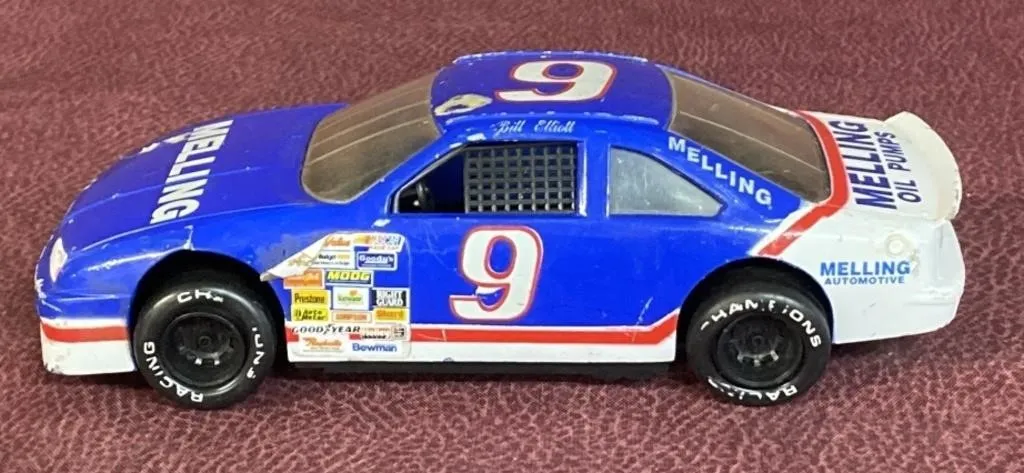What Makes Diecast Toys Rare
The world of diecast toys is filled with treasures, but not every miniature car or plane is created equal. Certain factors elevate some models to the realm of rarity, making them highly sought after by collectors and enthusiasts. Understanding what contributes to a diecast toy’s rarity is crucial for anyone looking to build a valuable collection or simply appreciate the history and craftsmanship behind these miniature masterpieces. The concept of rarity in diecast toys is multifaceted, involving a combination of production factors, historical context, and the enduring appeal of the models themselves. Some of the most important aspects that make certain diecast toys rare include the limited number produced, the specific variations available, the overall condition, and any unique packaging that it comes with.
Factors Influencing Rarity
Limited Production Runs
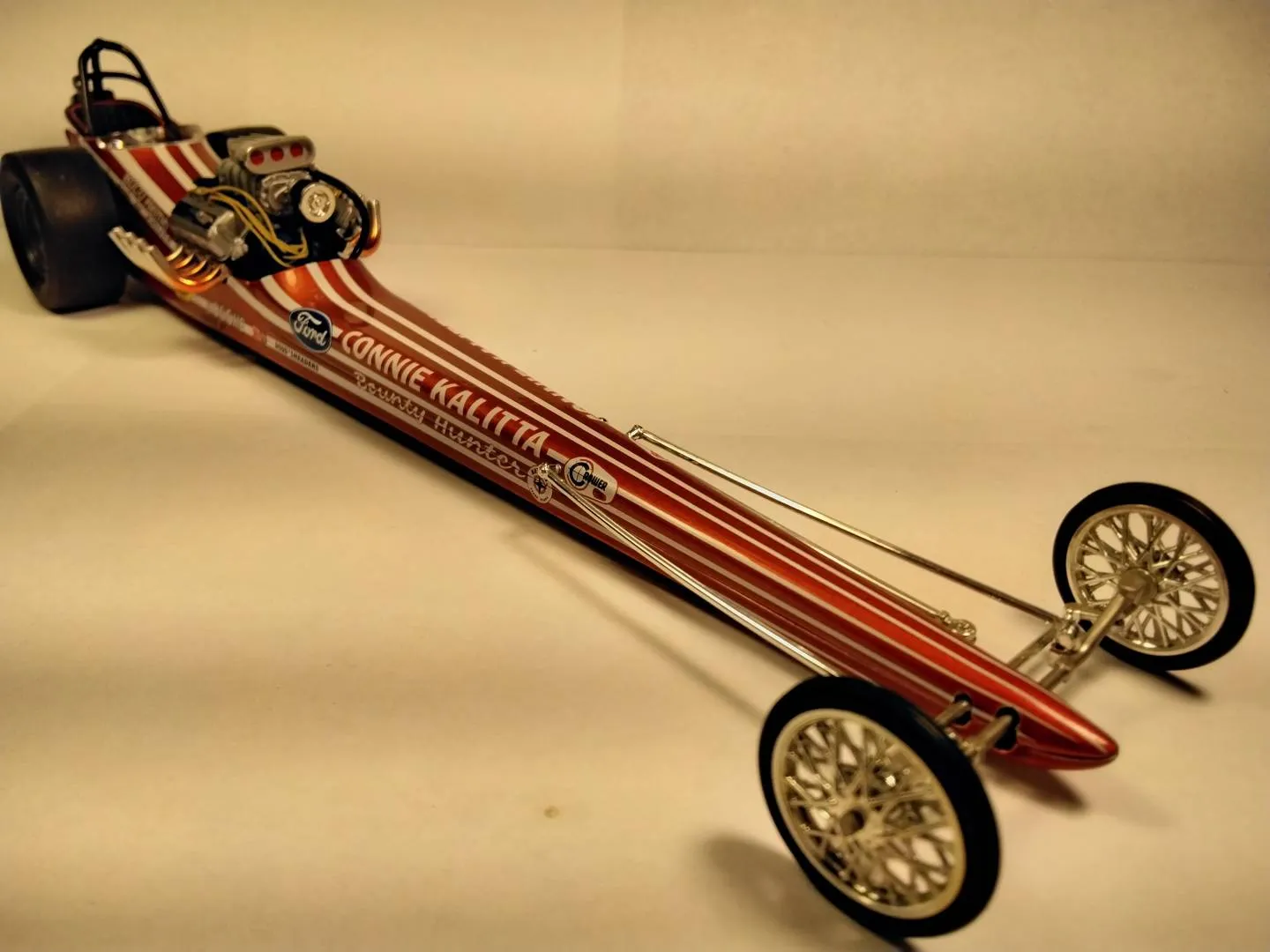
One of the primary drivers of rarity in diecast toys is the number of units produced. Limited production runs, often made for special events, promotional purposes, or specific markets, inherently become more valuable over time. When a manufacturer decides to produce only a small batch of a particular model, the scarcity drives up demand and, consequently, the price. These limited runs are often commemorated with special markings, certificates of authenticity, or unique packaging, further enhancing their collectibility. The fewer the toys produced, the greater the likelihood that they become highly sought-after items in the future. Many collectors specifically focus on these limited-edition releases, recognizing them as sound investments and prestigious additions to their collections. Limited production can involve a model, specific colors, or unique features.
Specific Models and Variations
Beyond overall production numbers, specific model variations also contribute significantly to rarity. This includes models with unique paint jobs, different wheel designs, or interior details. Certain variations were only produced for a short time or released in limited regions, making them highly desirable. Furthermore, prototypes, pre-production samples, and test models are often considered extremely rare, as they were not intended for public sale. The level of detail and the accuracy of the model also come into play; the more precise and finely crafted a model is, the more valuable it tends to be. These variations add a unique character and historical significance to the model, making them stand out within the broader landscape of diecast collecting. Often, these variations were the result of factory errors, making them even more unique.
Condition and Packaging
The condition of a diecast toy is a critical factor in determining its value. Models in mint condition, with no scratches, dents, or fading, command the highest prices. Collectors place a premium on toys that have been well-preserved, often still in their original packaging. The packaging itself, if present and in good condition, also adds significant value. Original boxes, inserts, and any accompanying documentation further enhance a toy’s collectibility. The presence of the original packaging often signifies that the toy has been well-cared for and is in better condition than a toy without it. Additionally, the type of packaging, such as a special edition box, can influence the overall value. A toy’s condition is rated on a scale from mint to poor, and the higher the grade, the greater the rarity.
Top 5 Rare Diecast Toys to Find
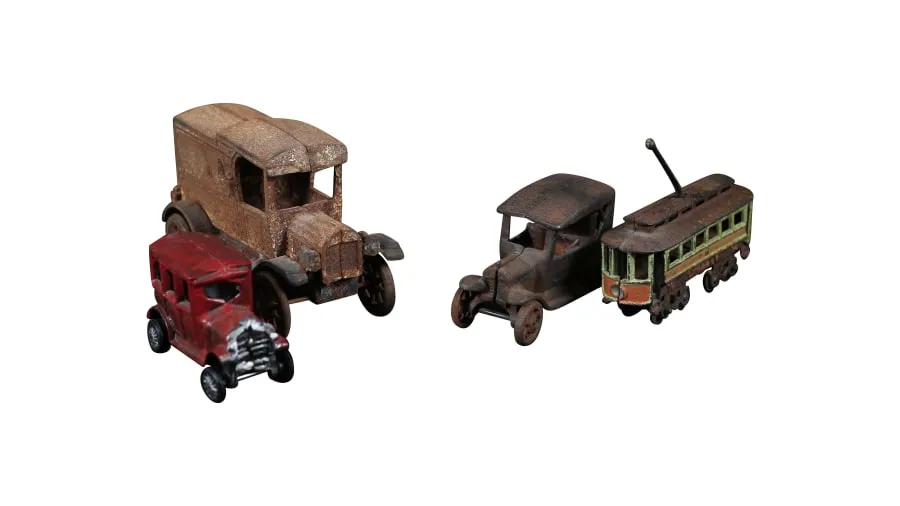
Identifying rare diecast toys involves a combination of research, knowledge, and a bit of luck. Here’s a look at some of the most coveted models sought after by collectors: These models stand out because of their limited production, iconic designs, and historical significance. They represent the pinnacle of diecast collecting, and acquiring one is a significant achievement for any enthusiast.
1960s Aston Martin DB5
Details & Why Its Rare
The Aston Martin DB5, famously associated with the James Bond film franchise, holds a special place in the hearts of diecast collectors. Certain editions, especially those with specific features or in mint condition, can fetch high prices. The Corgi Toys DB5, with its working gadgets, is particularly valuable. The DB5’s rarity is tied to its iconic status, limited production numbers, and the enduring appeal of the James Bond films. Some versions of the DB5 included ejector seats, machine guns, and other spy-related equipment that made it highly attractive to collectors. The rarity of this toy has increased its value significantly over the years, making it a must-have for many collectors.
1950s Ferrari 250 GTO
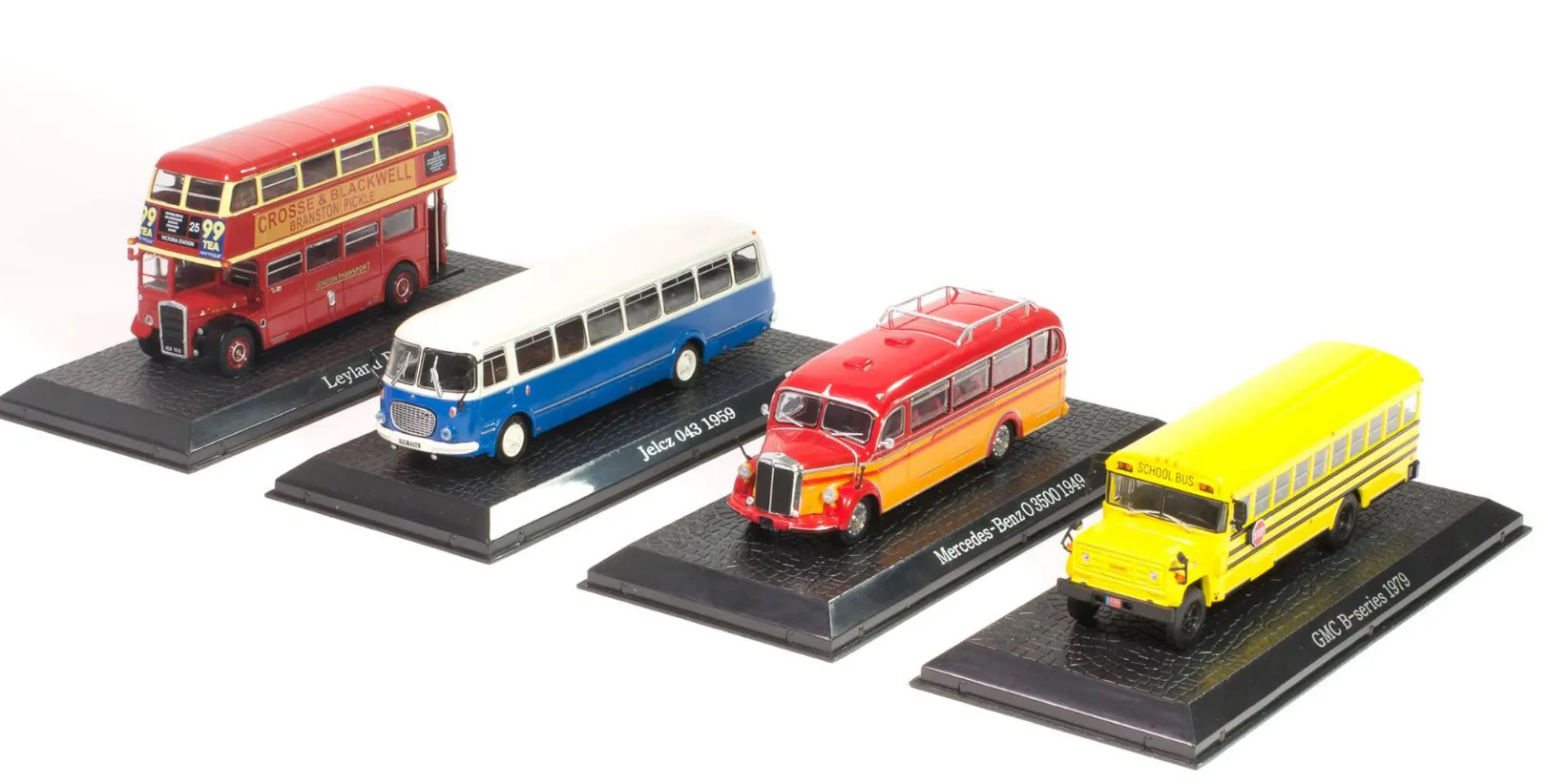
Details & Why Its Rare
The Ferrari 250 GTO is considered one of the most beautiful and valuable cars in the world. Diecast models of this car, especially those produced in limited quantities or by highly regarded manufacturers, are highly sought after. The rarity stems from the car’s legendary status in the automotive world, its elegant design, and its racing pedigree. Collectors are willing to pay a premium for models that accurately capture the car’s details. The 250 GTO’s appeal goes beyond its beauty; it is also a symbol of automotive history and innovation, solidifying its place as a rare and highly desirable collectible. The value of this model is driven not only by the car’s iconic status, but also the limited availability of some of the diecast models produced.
Early Production Porsche 911
Details & Why Its Rare
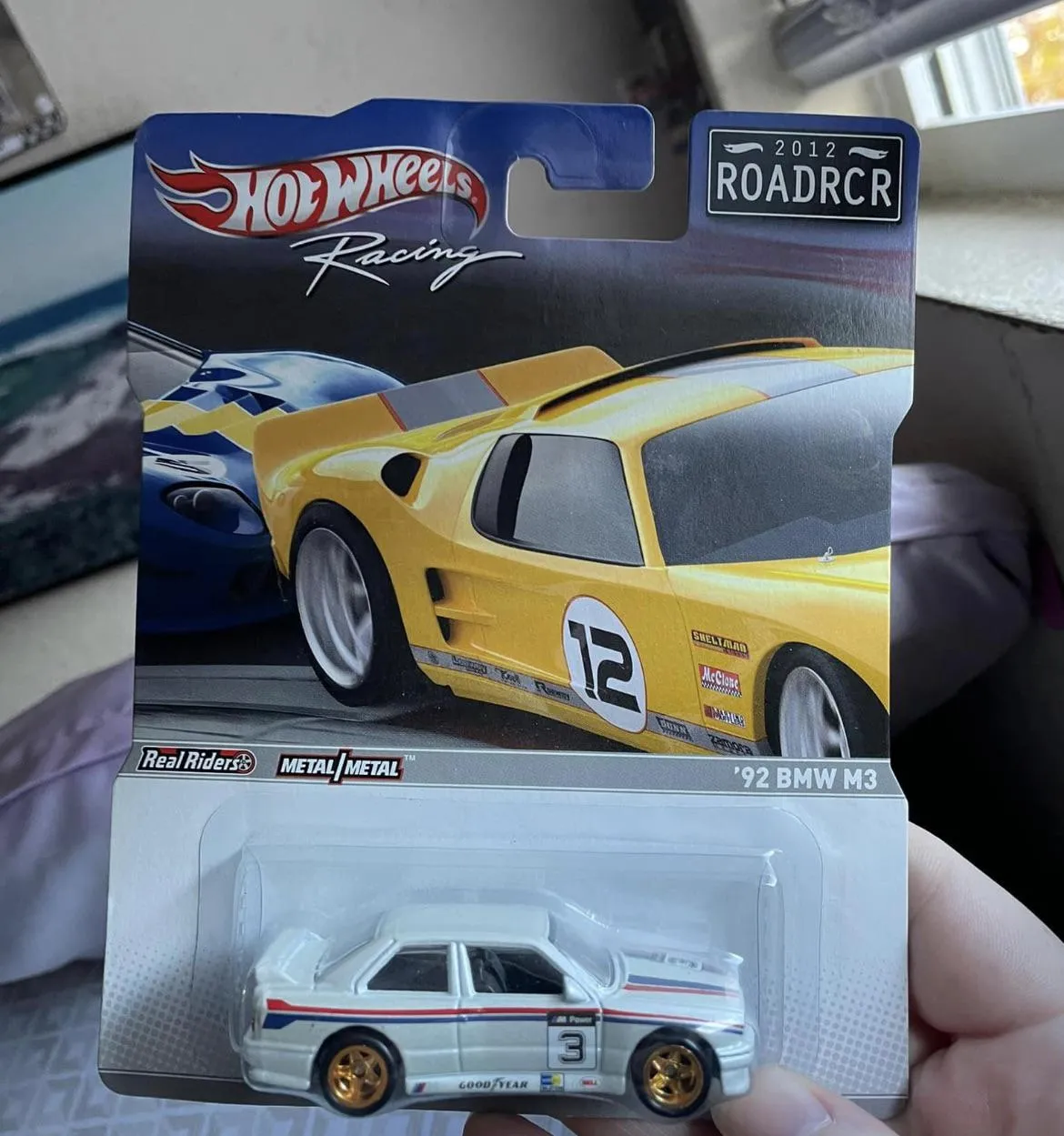
Early production models of the Porsche 911, particularly those from the late 1960s and early 1970s, are highly prized. These models, often featuring unique design elements and limited production runs, are considered rare finds. Their appeal lies in their historical significance and the enduring popularity of the Porsche 911, which has become a symbol of sports car design. The earlier versions of this model often had distinctive features and were manufactured in limited numbers, adding to their rarity. These are considered among the most desired vehicles for diecast collectors, especially those who are focused on owning a significant piece of automotive history.
Vintage Dinky Toys
Details & Why Its Rare
Dinky Toys, a British brand, produced a wide range of diecast models from the 1930s to the 1970s. Many vintage Dinky Toys are now considered rare, particularly those in excellent condition with their original boxes. The rarity comes from their age, the variety of models produced, and the historical significance. Dinky Toys were known for their high quality and attention to detail. Certain Dinky Toys models, such as early models of buses, trucks, and military vehicles, are highly sought-after due to their historical significance and limited production runs. Collectors appreciate the detail and the nostalgia associated with these toys.
Rare Hot Wheels
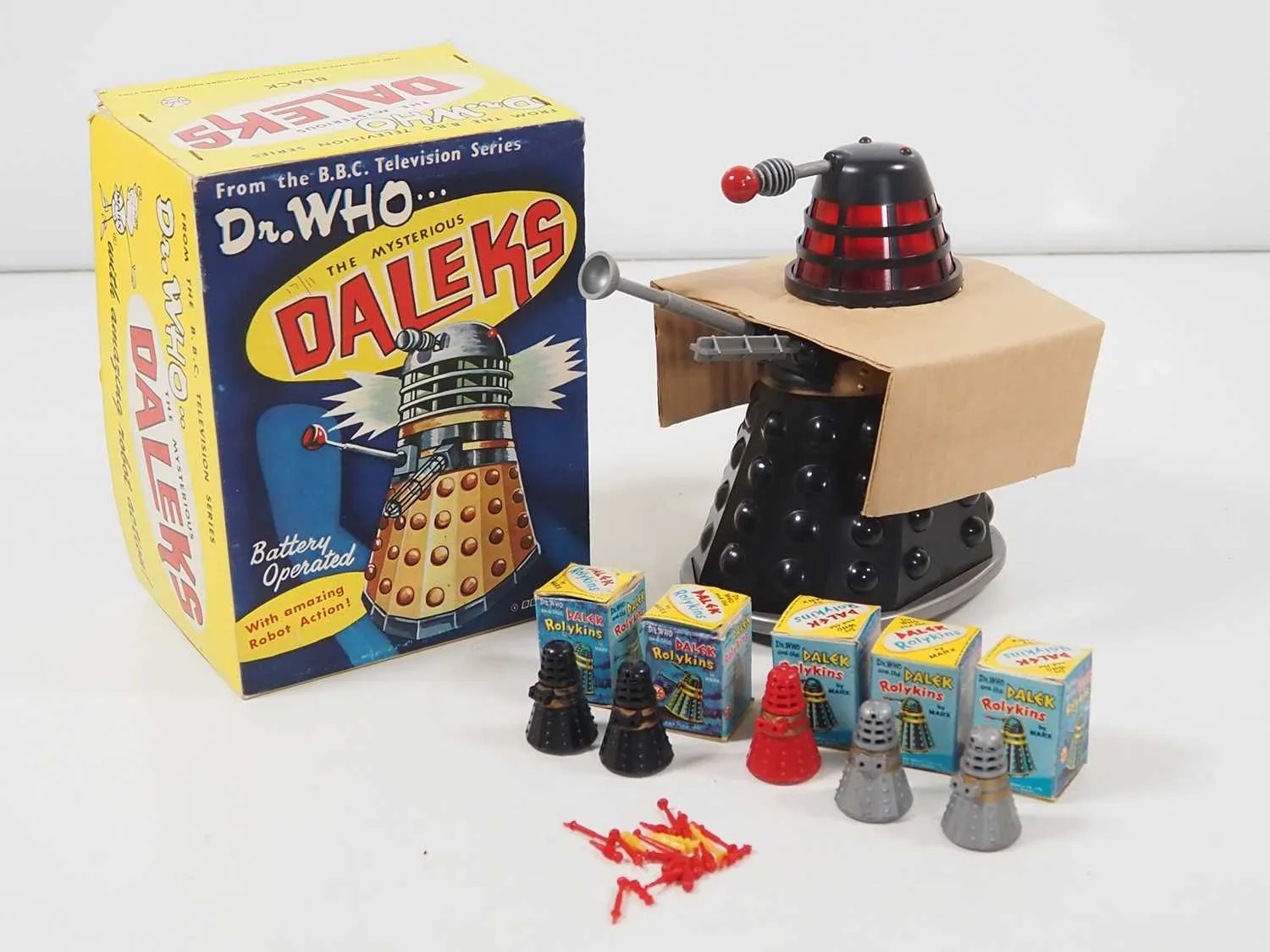
Details & Why Its Rare
Hot Wheels, with their vast range of models and variations, also boasts a number of rare finds. Certain limited-edition cars, prototypes, and those with unique color schemes or features command significant prices. The rarity of Hot Wheels often stems from production errors, limited-edition releases, and variations produced for specific events or promotions. The most valuable Hot Wheels are those that were never intended for mass distribution, making them highly prized among collectors. Those looking to get into the hobby should look for variations in paint color, wheel type, and even factory errors, which can increase the value significantly.
Where to Find Rare Diecast Toys
The hunt for rare diecast toys is part of the thrill of collecting. There are various avenues to explore, each offering unique opportunities to discover treasures. Success in this area requires knowledge, persistence, and a network of resources to help you on your journey. Here’s how to find these rare toys:
Online Marketplaces
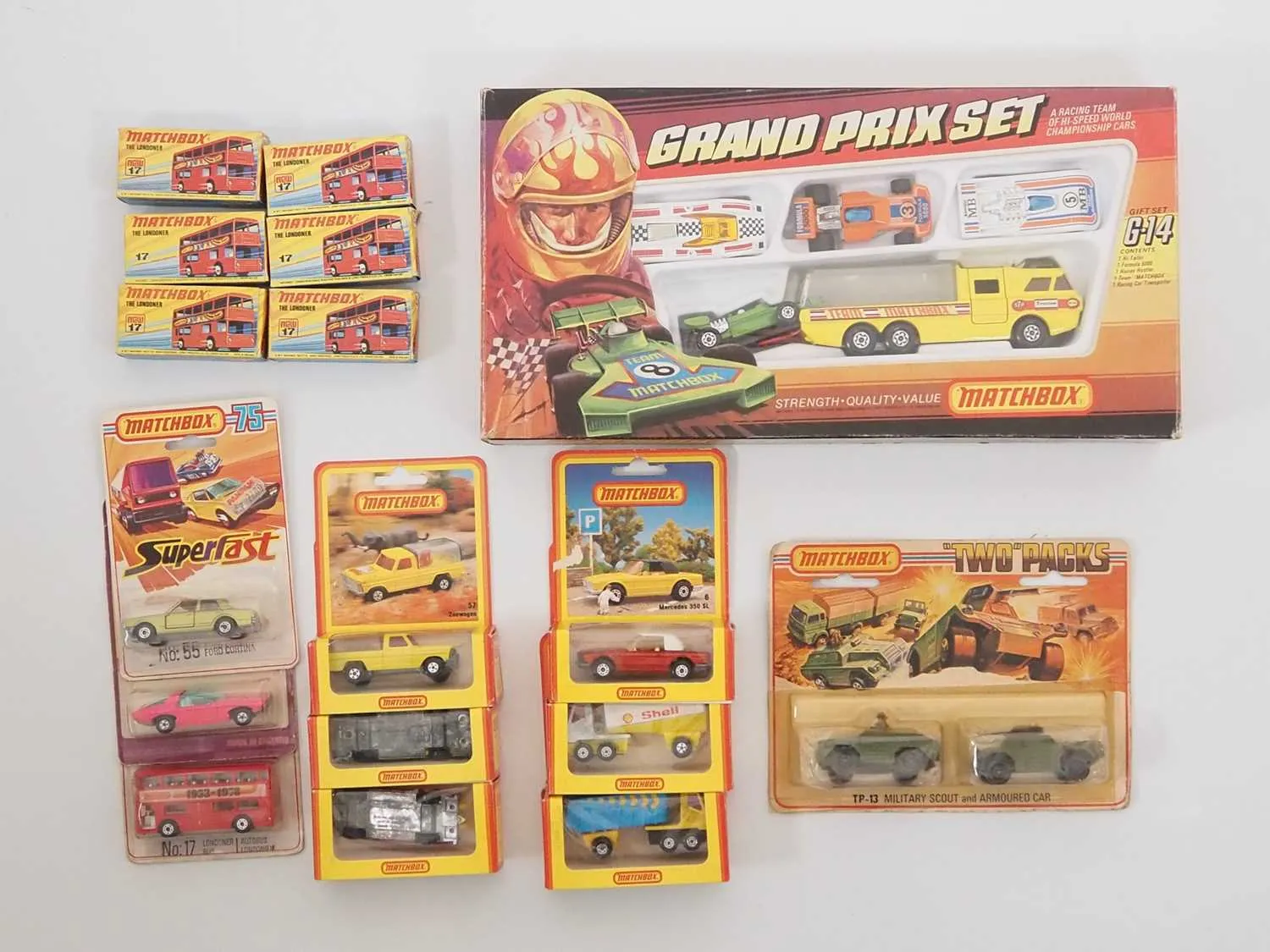
Online marketplaces such as eBay, Amazon, and specialized diecast toy forums are excellent starting points. These platforms offer a vast selection of models, allowing you to compare prices and find rare items. It is important to thoroughly research sellers, check feedback, and verify the authenticity of the item before making a purchase. These online platforms allow you to easily reach out to a global market of collectors, providing access to a broader range of models. Be aware of potential scams and always review listings carefully, including descriptions, photos, and the seller’s reputation, before committing to a purchase. Using these online platforms effectively can greatly expand your collecting possibilities, allowing you to find the models you need.
Specialty Shops
Specialty diecast toy shops and antique stores are treasure troves for collectors. These shops often have a curated selection of rare and vintage models, and their owners are typically knowledgeable about the hobby. Visiting these shops provides an opportunity to inspect models in person and get expert advice. The owners of these shops can provide insights into the rarity and value of various models, as well as information on current market trends. Building a relationship with shop owners can also give you early access to new arrivals, increasing your chances of finding rare gems before they are listed online. Visiting these shops is also a good way to get the information you need to find and evaluate rare toys.
Auctions and Collectors’ Events
Attending auctions and collectors’ events is another excellent way to discover rare diecast toys. Auctions, both online and in-person, frequently feature high-value models, and collectors’ events provide opportunities to meet other enthusiasts and exchange information. Collectors’ events and auctions often attract specialized dealers who have access to rare and hard-to-find models. These events can be a great source for authenticating your purchases and assessing the condition of the toys. Participating in these events also provides a chance to learn more about the hobby and build relationships with other collectors. These events often become a cornerstone for collectors and provide a source for discovering rare and valuable models.
How to Authenticate Rare Diecast Toys
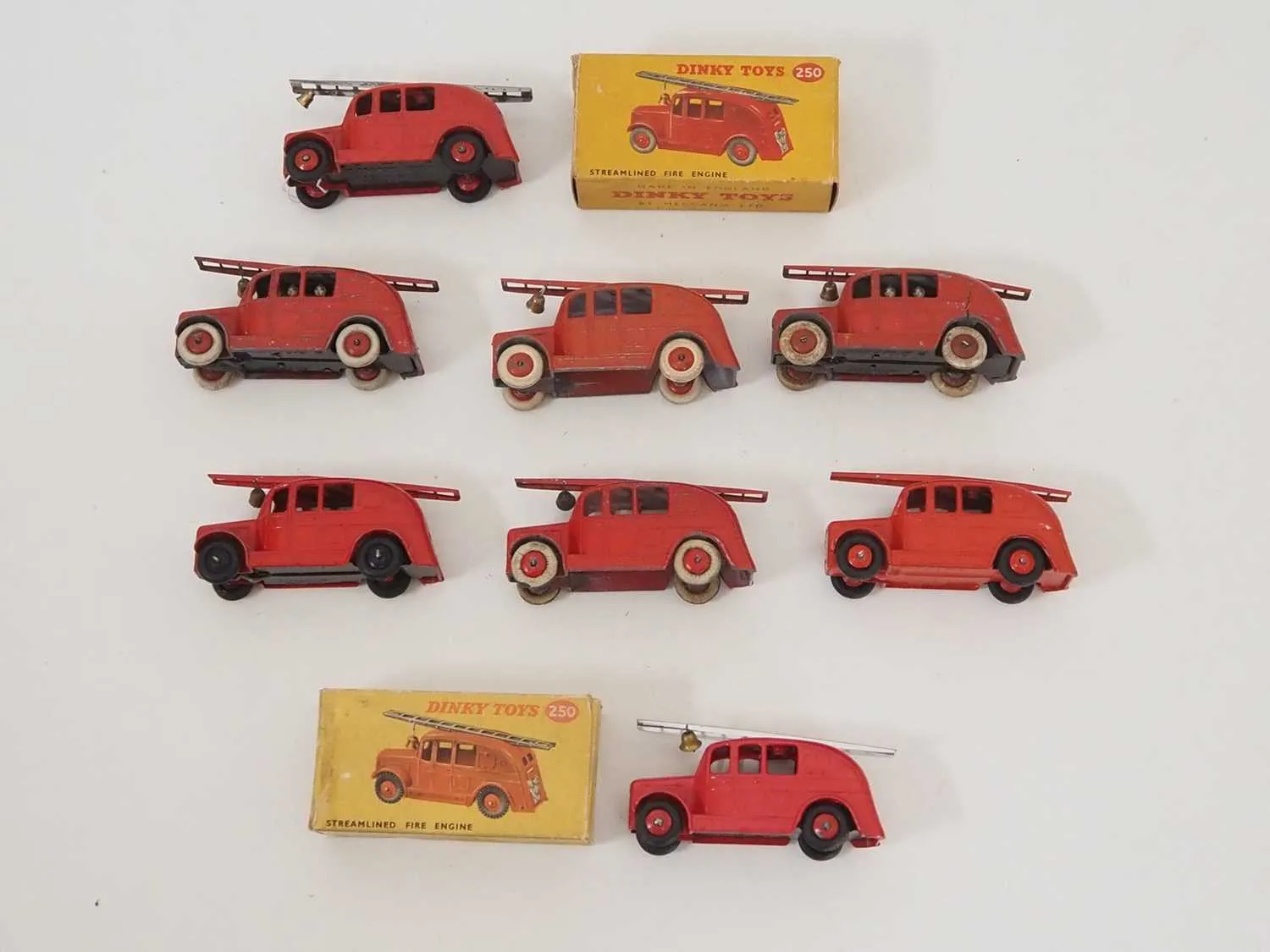
Authenticating rare diecast toys is crucial to ensure you are getting a genuine collectible. This involves examining the model, its packaging, and any accompanying documentation to verify its originality and value. It’s important to have a solid understanding of the models you’re interested in, and to compare them with known examples. Many resources are available to help, and they are necessary to prevent counterfeits and safeguard your investments. Authentication protects collectors from purchasing fakes and ensures the value and integrity of the collection. Here’s what you need to do to ensure your purchases are genuine:
Checking for Originality
Carefully inspect the model for any signs of tampering or modification. Look for correct paint colors, accurate detailing, and the proper placement of logos and markings. Examine the model against known specifications. Compare the model to images of authentic examples, and make sure all the details match. Pay attention to any discrepancies, such as incorrect paint shades, missing parts, or poorly applied decals. Consulting with experts or using online resources can help you verify the originality of a diecast toy. It’s also essential to check for any repairs or alterations, which can significantly affect the model’s value and collectibility. Verifying the originality of the diecast toy can save you from buying a fake.
Evaluating Condition
The condition of a diecast toy significantly impacts its value. Assess the model’s condition by carefully examining its surfaces for scratches, dents, and paint chips. Determine if the toy has been exposed to excessive sunlight, which can fade the colors. Also, assess the overall condition of the model’s box and any accompanying documentation. A model in excellent condition, with its original packaging, will always be more valuable than one that has been damaged. Use a condition grading system and compare your findings with established standards. Checking the condition of the toy is very important to avoid getting an overvalued piece.
Understanding Pricing
Research the market value of the specific diecast toy. Look at recent sales data from auctions and online marketplaces to determine its current worth. Be aware of market fluctuations and consider the rarity, condition, and demand when assessing a price. If possible, consult with experienced collectors or appraisers to get expert opinions. This can help you avoid overpaying or making an uninformed purchase. Understanding pricing involves staying informed about the current market trends, as well as the value drivers. Be prepared to walk away from a purchase if the price seems too high or the authenticity is in question. Doing your research can ensure that you are making a sound investment and building a valuable collection.
Collecting rare diecast toys can be a rewarding hobby, combining historical appreciation with a passion for finely crafted models. By understanding the factors that contribute to rarity, knowing where to find these treasures, and learning how to authenticate them, collectors can build impressive and valuable collections. The journey to find and appreciate these miniature works of art is an enjoyable experience.
